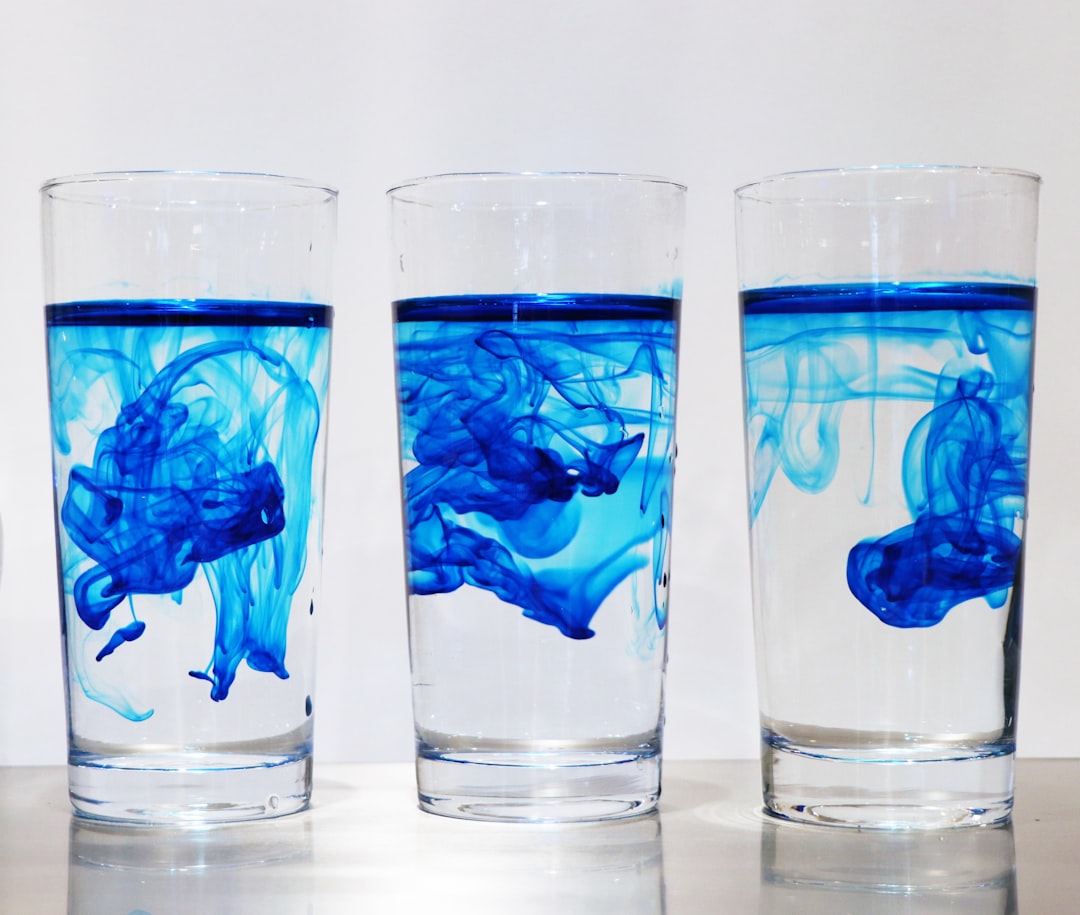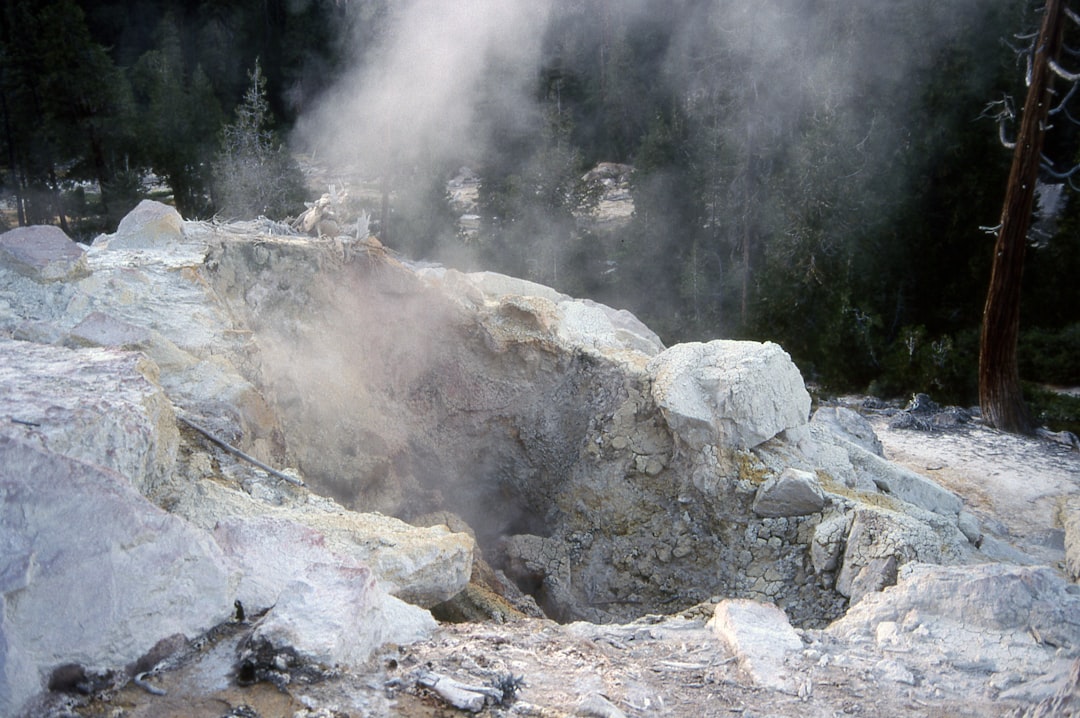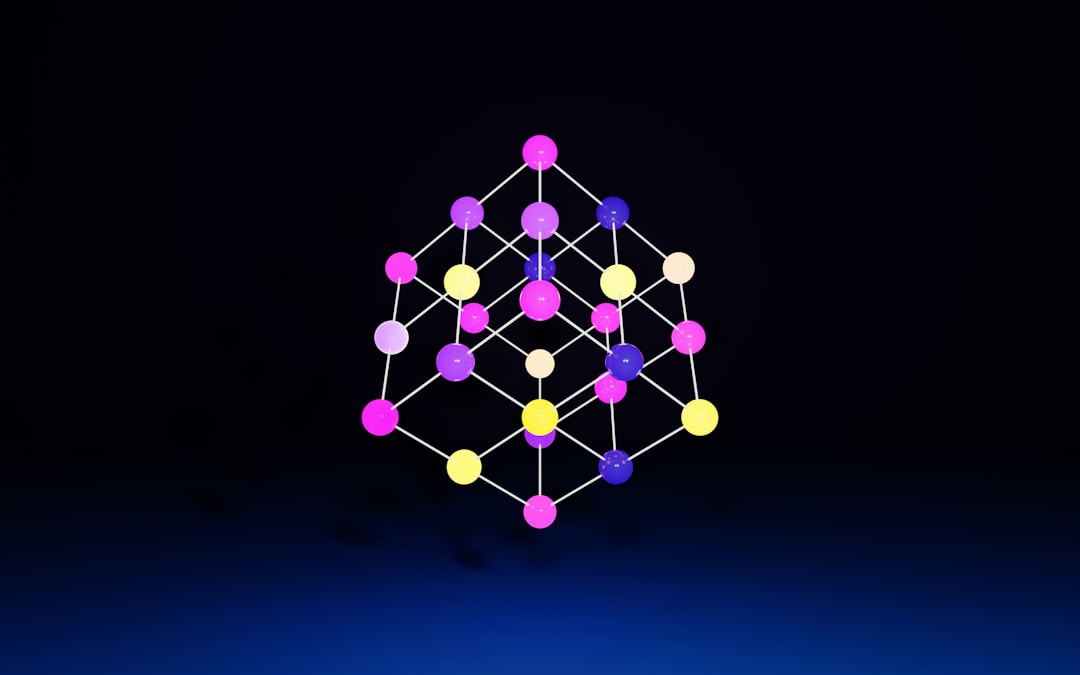What is it about?
We report for the first time an ESI(–)MS comparative study of NaAuBr4 and NaAuCl4, to account for the features of these aurate ions in aqueous solutions at different pH values, their exchange reactions with other anions, and their reactions with organic compounds. The ESI mass spectra have provided sound, additional information that cannot be afforded by classical spectrophotometric methods.
Featured Image
Why is it important?
Some reactions assumed to be catalyzed by NaAuBr4 species could be actually promoted by the protons of HAuBr4 that contaminated the commercial samples. Reations reported to be catalyzed by AuCl4– species can have been promoted by H[AuCl3(OH)] present in commercial samples of NaAuCl4·2H2O. After neutralization, significant amounts of AuBr4– still remained, whereas AuCl4– disappeared almost completely.
Perspectives
The solubility and stability at different pH values of bromohydroxoaurates are exceptional. Reactions of NaAuBr4 with several types of organic compounds, including phenols, active methylene compounds and oximes have also been followed by ESI(–)MS; species AuBr4–, [AuBr3(OH)]– and [AuBr2(OH)2]– do not react similarly with these nucleophiles. The study throws light on the Au(III) species that are really present in different reaction media.
Professor Jaume Vilarrasa
Universitat de Barcelona
Read the Original
This page is a summary of: Electrospray ionization mass spectra of the reactions of NaAuBr4and related aurates with nucleophiles, Journal of Mass Spectrometry, March 2014, Wiley,
DOI: 10.1002/jms.3341.
You can read the full text:
Contributors
The following have contributed to this page










